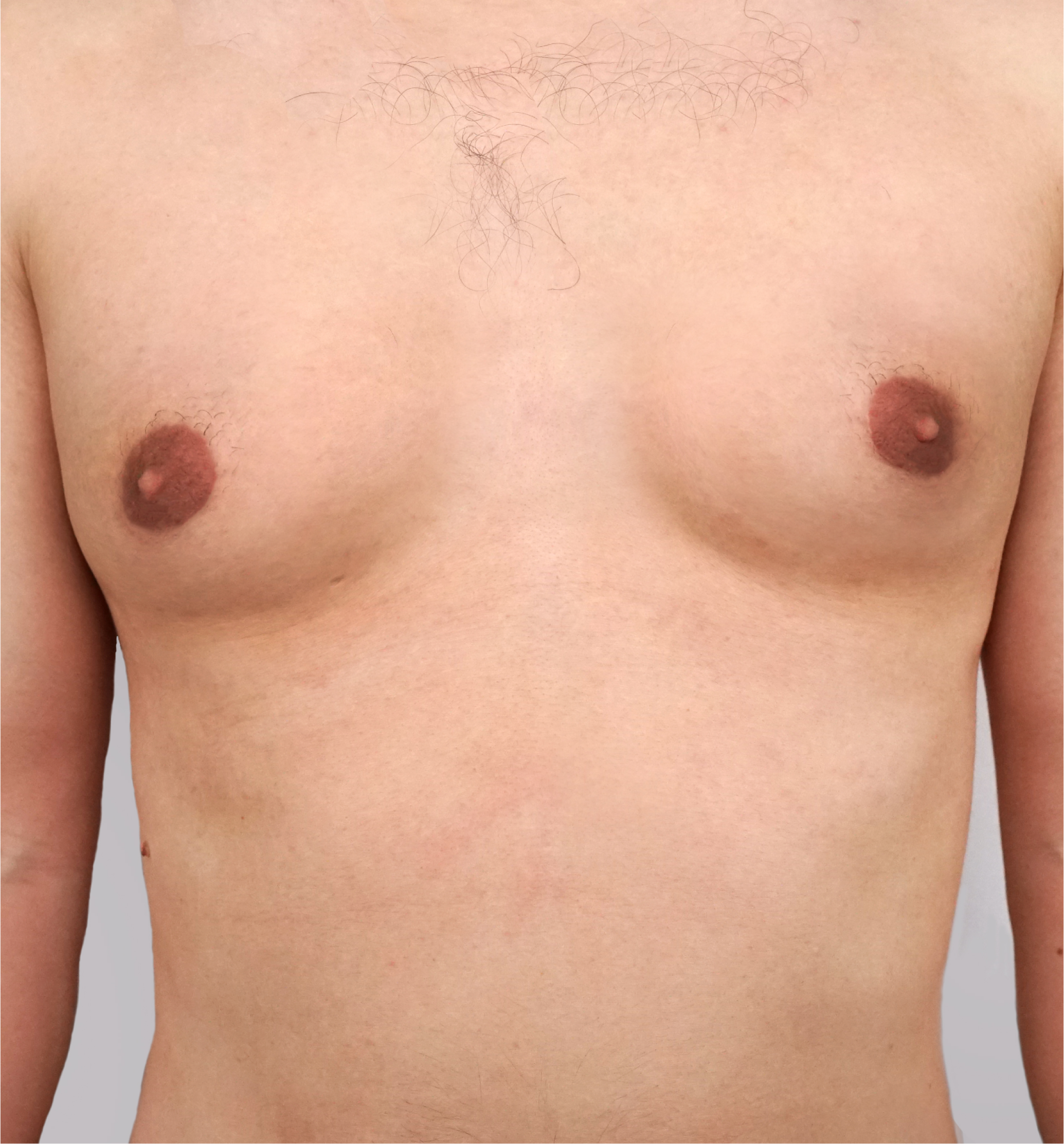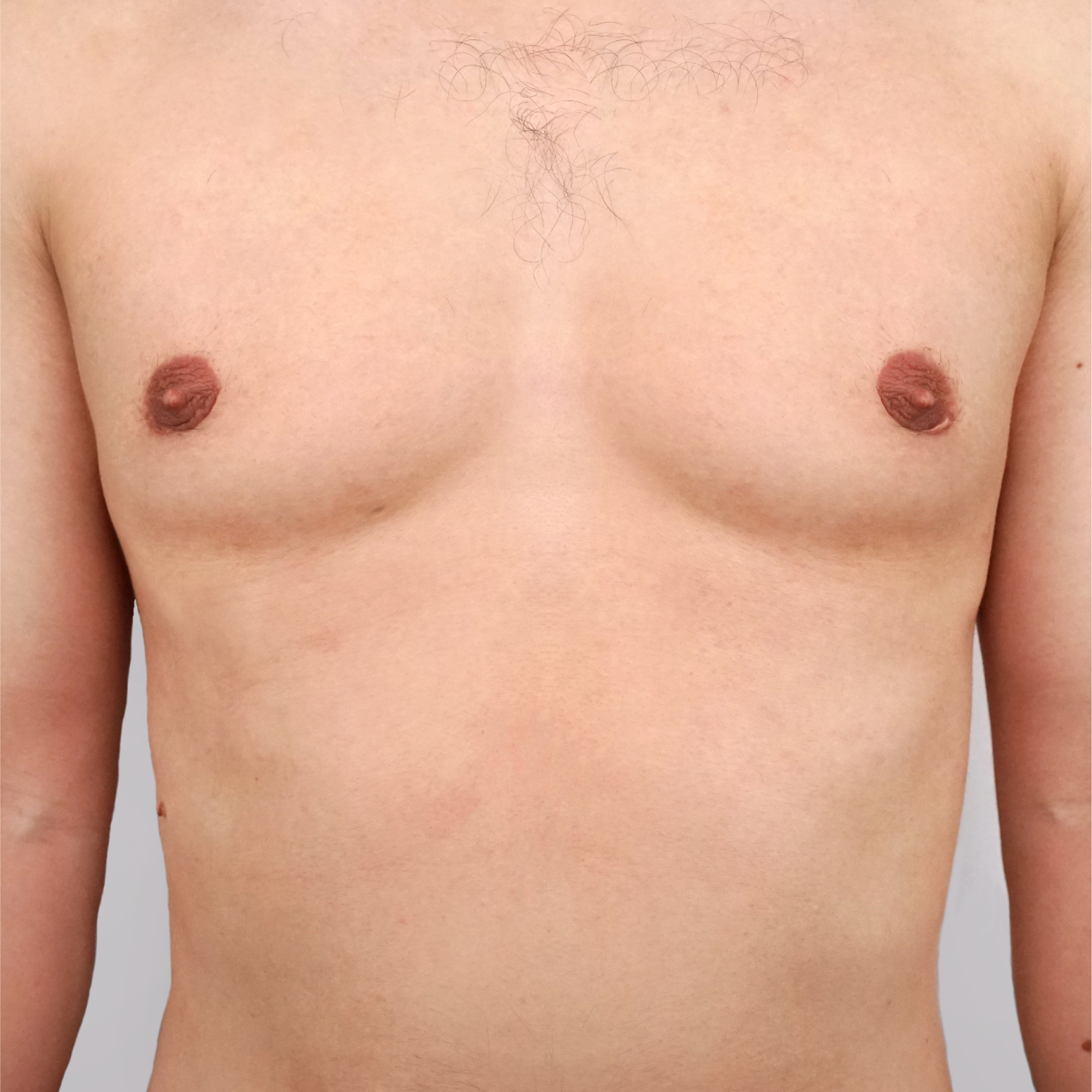Overview
Gynecomastia Treatment, also known as male breast reduction, is a surgical procedure designed to address the enlargement of male breast tissue. This condition, often caused by hormonal imbalances, genetics, or lifestyle factors, can lead to physical discomfort and emotional distress. Gynecomastia treatment removes excess fat and glandular tissue to create a flatter, more masculine chest contour, improving confidence and quality of life.

Speak to our patient advisor.
Is Gynecomastia Treatment Right for Me?
Gynecomastia treatment is ideal for men who:
Have enlarged male breasts due to excess glandular tissue, fat, or both.
Are self-conscious about the appearance of your chest.
Are physically healthy and maintain a stable weight.
If non-surgical methods, such as diet or exercise, have not resolved the condition.
Have realistic expectations about the procedure's outcome
About the Procedure
Gynecomastia treatment is typically performed under general or local anesthesia with sedation and takes 1–2 hours to complete. The surgical technique used depends on the underlying cause of gynecomastia.
For cases involving excess fat, liposuction is employed through small, strategically placed incisions to contour the chest. If glandular tissue is the primary issue, excision techniques are used to remove the tissue directly. In some cases, a combination of liposuction and excision is recommended for optimal results. Advanced techniques are utilized to minimize scarring and ensure natural-looking outcomes. After the procedure, patients wear a compression garment to support healing and maintain the chest’s new contour. Recovery typically involves light activities within a week, with full results becoming noticeable as swelling subsides over the following months.
Your Surgery Journey
Case Study
1

Before

After
Frequently Asked Questions
Gynecomastia can result from hormonal imbalances, weight fluctuations, genetics, certain medications, or lifestyle factors.
The results are long-lasting, but maintaining a stable weight and healthy lifestyle is crucial to preserve them. Significant weight gain or hormonal changes could affect the outcome.
Scars are minimal and typically fade over time. Incisions are placed in inconspicuous areas to ensure a natural appearance.
Light activities can resume in about a week, while more strenuous exercises are typically allowed after 4–6 weeks, depending on your surgeon's advice.
Risks include swelling, bruising, or changes in sensation. Choosing an experienced surgeon significantly reduces the likelihood of complications








